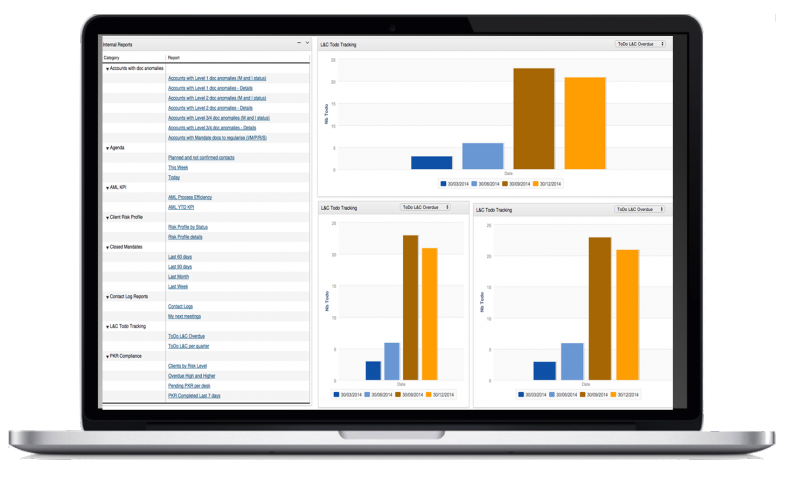Whitestein Technologies is proud to be a Platinum Sponsor to the annual...
You are here
Develop apps faster on the new app scaffolding in LSPS 3.0
Looking to develop applications even faster? To take advantage of opportunities as they arise--or to dodge emerging threats--you’ve often got to change up your apps at the speed of business. That’s why we designed LSPS 3.0 to deliver several exciting new capabilities for rapid application development (RAD) based on our latest application scaffolding.
Some highlights of the capabilities provided by this new functionality include:
Create Web forms faster with instant UI Forms. You no longer have to build forms from scratch with drag-and-drop because, with this release, you can get off to a running start with our generic, data-driven UI forms. Depending on the amount of customization required, your productivity may increase by as much as 50 percent.
Once you start modeling, the forms adapt themselves automatically to the data content. The new scaffolding allows you to rapidly prototype the UI through bindings to information models (data types). Forms can be fully composed at runtime through parameter settings. Generic and customized forms can be seamlessly combined in mixed pages for activities and documents.
Fix problems and troubleshoot issues more quickly. With this new debugging support, you can quickly get to the bottom of any problem with your app—or, proactively prevent any problems from occurring. LSPS 3.0 lets you set breakpoints, examine variables, execute models stepwise, and evaluate expressions--including goals, plans, and activities--anywhere in the model. Our unified debugging console helps you control and inspect graphical elements, GO-BPMN expressions, and Java code for both pure model and hybrid Java/GO-BPMN applications.
Build faster using activities. LSPS utilizes plans to model activities. With LSPS, you can quickly build specific processes or process fragments in record time by using readily available components including activities, flows, gateways, events, and pools. This allows for a more dynamic process cycle, where business stakeholders can immediately see what the new functionality looks like and provide instant feedback, which serves to speed the path to finalizing the new app.
LSPS completes the well-defined standard BPMN execution semantics in all formal details by seamless integrating it within the whole GO-BPMN modeling language. The LSPS engine validates data types, variables, functions, queries and all model elements together with the BPMN workflow to ensure correctness. The model can then be executed immediately. If at some point you need full real-time and retrospective process audit of system or human activities, that data is available.
Build escalation into a single process. This new release makes it easier to set up processes that automatically escalate or divert actions to other processes or users depending on your business rules. This means that you can, for example, set up a single process that allows a clerk to approve loans up to $10,000, but automatically escalates loans for more than that to a manager for approval.
There’s no longer any need to create separate processes for loans of different amounts. This release expands support for BPMN 2.0 with escalation events including start and intermediate (both throw and catch). LSPS process model elements include all end escalation events.
Extend your application testing framework. LSPS 3.0 extends JUnit test cases support and adds a new Web UI testing framework directly integrated with Vaadin TestBench.
The Technical Deep Dive
The LSPS Scaffolding Library Component is a generic component exposed in the UI component palette in LSPS Process Design Suite (PDS). In addition to the capabilities described above, it offers the following features:
- Supports CRUD (Create Read Update Delete)
- Readily handles one-to-many relationships through tabular output/presentation
- Supports custom properties at field level for optional editing, visibility, and rendering of custom forms
- Style-agnostic UI development framework focuses on layout and allows for custom flexible theming (desktop/mobile)
- PDS supports ‘form preview’ feature for use during prototyping/development
- LSPS framework interface supports the custom addition of new reusable UI components
With the ever-increasing pace of business change, this new scaffolding comes at the perfect time to help your business take advantage of new market opportunities. LSPS 3.0 can help you to develop even better applications more rapidly than ever before.
